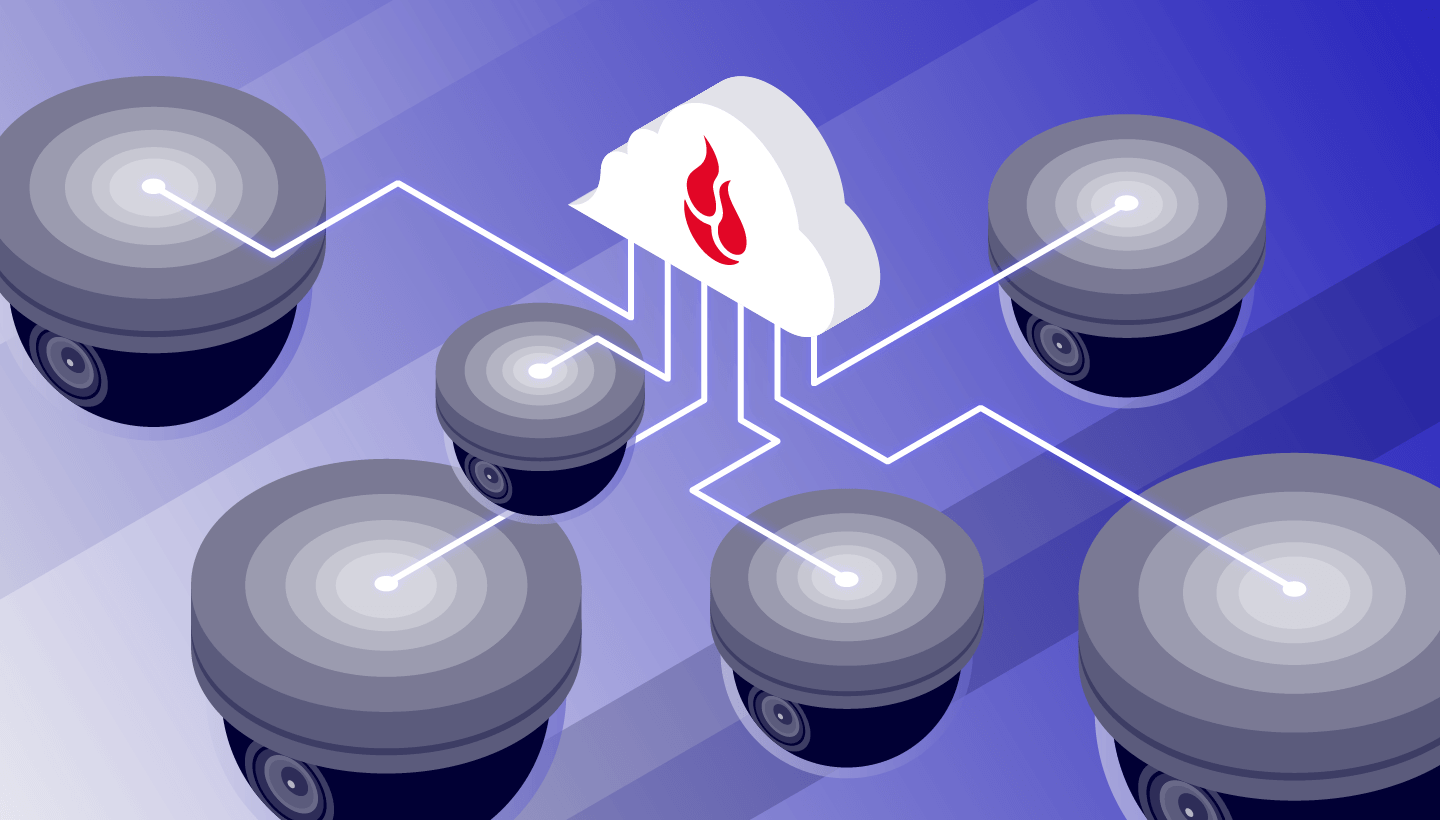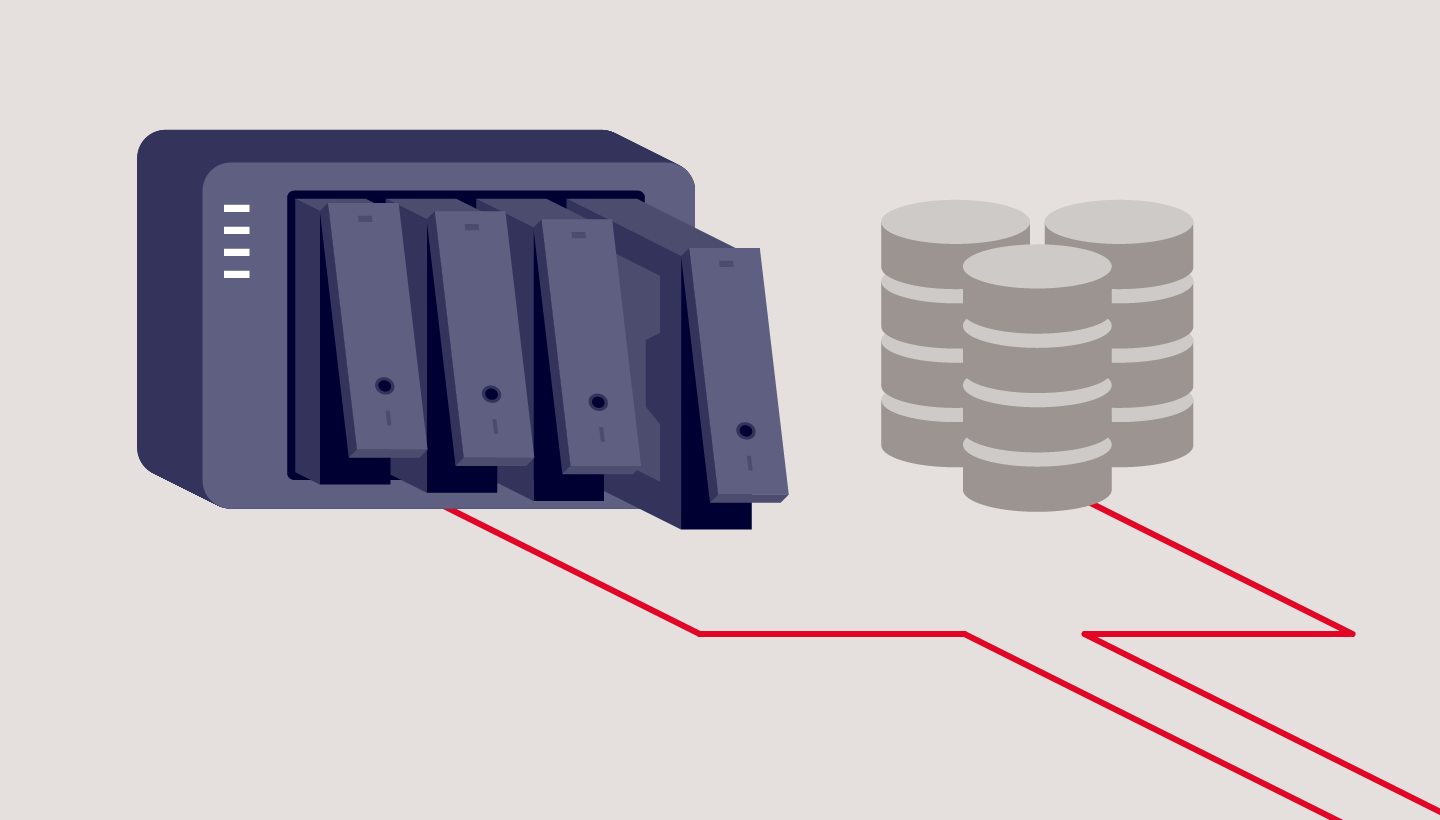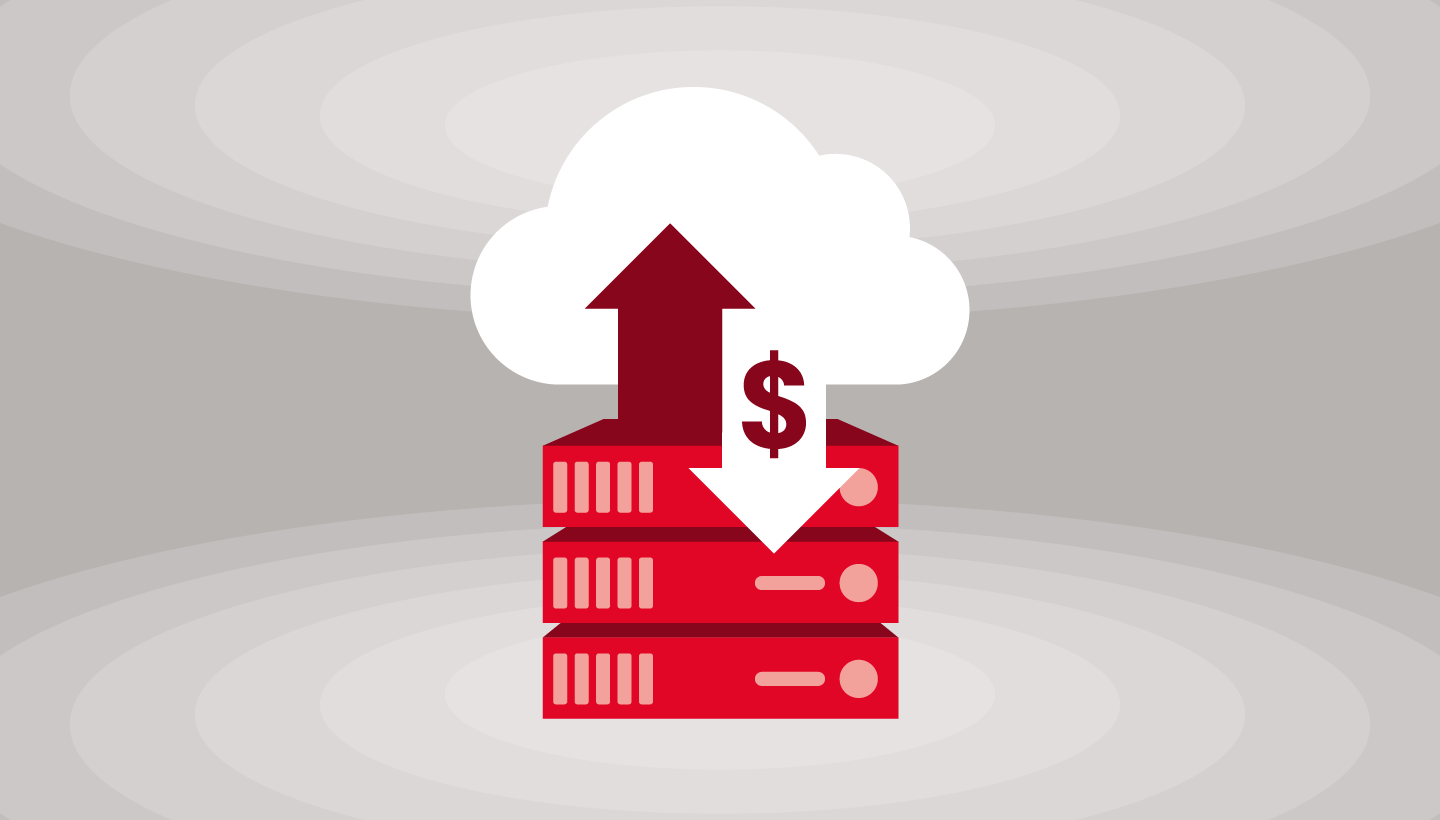
If you manage a video surveillance platform, storage is either the unsung hero of your infrastructure or your biggest headache. Maybe what started as a neat and functional setup for your video surveillance storage has turned into a complex system that demands far more maintenance than you expected.
As your storage volume grows and costs climb, the initial solutions begin to show their cracks, demanding more resources and attention. And, higher resolution cameras lead to even more storage demand, not to mention the increase in the number of cameras your customers want to install.
Today, I’m outlining some of the obstacles I’ve seen companies encounter in video surveillance storage as well as the benefits cloud storage offers to help you streamline operations, rein in costs, and regain control over your architecture, without sacrificing performance or flexibility.
Video surveillance storage challenges
Storage infrastructure is the backbone of your service—but it can also be one of the most demanding aspects to manage whether your data is stored in on-premises NVR/DVR systems, in the cloud, or in a hybrid model. Some of the key challenges include explosive data growth in the industry, balancing cost and performance, regulatory and compliance hurdles, latency and accessibility, and data security and redundancy. I’ll dig into each, and talk about some of the pitfalls you might face.
- Explosive data growth: The sheer volume of video data generated by modern surveillance systems is staggering. With cameras capturing high-definition footage 24/7, even modest setups can produce terabytes of data per day. Scaling storage to keep up with this growth without compromising performance or breaking the bank is no small feat.
- Balancing cost and performance: As storage needs grow, so do bandwidth requirements, data egress, and ongoing maintenance costs. Striking the right balance between affordability and the high availability your customers expect is a constant juggling act.
- Regulatory and compliance hurdles: Platforms must manage varying retention policies, ensure data privacy, and provide secure access controls to adhere to all relevant standards and requirements, such as GDPR and local video retention regulations—all while keeping everything running smoothly.
- Latency and accessibility: Your customers demand quick access to their video footage, whether it’s for live viewing or playback. High latency or sluggish retrieval times can lead to frustration and impact trust in your platform. Designing storage that ensures fast, reliable access to data across geographies is critical, but challenging.
- Data security and redundancy: Video footage isn’t just data—it’s sensitive, often mission-critical information that cybercriminals are increasingly targeting. Protecting it from ransomware, accidental loss, or corruption requires robust encryption, multiple backups, and careful management of access rights. Achieving this level of security without overcomplicating your architecture is a balancing act.
- Integrating AI: AI-powered analytics can enhance video surveillance capabilities (e.g., object detection, behavior analysis), but integrating AI is not without its challenges, and it’s something you need to consider carefully.
Advantages of the cloud for video surveillance platforms
Picking the right cloud storage platform can help you meet these challenges. Cloud storage offers a host of advantages that can transform how video surveillance platforms manage and scale their operations. Here’s why it’s worth considering:
1. Scalability and flexibility
Need to add storage for hundreds—or thousands—of new cameras per month? On-site storage solutions, such as physical servers, hard drives, or NAS systems have fixed capacities. Cloud storage scales with your platform, whether you’re serving small businesses or sprawling enterprise deployments. And, it adapts whether your customers are integrating additional cameras or extending their retention periods.
2. Cost optimization
Traditional on-prem solutions demand upfront investments in hardware and then ongoing maintenance. Cloud storage eliminates the need for those upfront hardware purchases. And the right cloud storage provider with pricing models built for your use case can help you get an edge in a competitive market.
The unique challenge of PUT requests
The video surveillance use case involves uploading a metric ton of data. In cloud terms, when you upload data, you typically use a PUT request. Many cloud providers charge for these API calls for hot and cold storage tiers. For example, it might be tempting to use a cold storage class to save on the base cost to store your video surveillance data, but a cold storage class like Amazon’s Glacier Instant Retrieval (GIR) charges $0.00002 per PUT request. When you’re making thousands or tens of thousands of PUT requests per day, even when the charges are tiny, costs can quickly escalate into the six figure range.3. Accessibility
Whether your users are in the same city or halfway around the world, cloud storage makes video footage instantly accessible. Low-latency retrieval options and distributed cloud infrastructure mean faster access to the right data, regardless of location.
4. Reduced risk of data loss
Using the cloud for your data storage infrastructure mitigates the risks associated with physical vulnerabilities in the devices used by your customers. By automatically storing video footage in the cloud, even if the devices suffer damage, malfunction, or failure, the footage remains accessible thanks to the backup in the cloud. Replicate data across multiple geographically dispersed data centers, further reducing the risk of data loss due to hardware failures or natural disasters.
5. Enhanced security
Modern cloud storage solutions come with enterprise-grade security baked in, from end-to-end encryption to role-based access controls to scalable application keys. With built-in redundancy and regular backups, the cloud offers peace of mind that on-prem systems can’t always match—no more worrying about a single failed drive wiping out critical footage.
6. Minimized maintenance and IT overhead
Maintaining on-premises NVR/DVR systems requires substantial hardware and IT resources. In contrast, cloud systems are easier to manage. Updates, patches, and maintenance are handled by the cloud service provider. Your IT teams can focus on strategic tasks rather than routine server upkeep. This shift reduces your operational costs and streamlines management.
7. Ease of integration with AI and analytics
Storing your footage in the cloud makes it easier to integrate advanced features like AI-powered analytics, motion detection, and real-time alerts. You have a centralized repository of data that’s easy to analyze at scale. And, as opposed to on-prem systems, cloud platforms offer instant access from anywhere, making it more viable to train AI models on your own data.
Backblaze for video surveillance storage
Unlike some cloud providers and classes, Backblaze makes it affordable to secure, grow, and use your surveillance data. Backblaze’s straightforward pricing with zero PUT fees means you don’t have to worry about fees adding up, allowing you to store, manage, and access your data anywhere, anytime. And with 3x free egress for all plus unlimited free egress via many compute and CDN partners, you can more easily integrate with AI tools, sending your footage where the right GPUs are available without breaking the bank.
The future of video surveillance is in the cloud
Beyond the obvious scalability and operational gains of cloud storage, its biggest advantage in the coming years will be its AI readiness. AI innovations are poised to revolutionize security and video surveillance systems. By leveraging the cloud for AI and analytics, video surveillance platforms can move beyond mere storage to deliver actionable insights and real-time intelligence. This not only enhances the value you provide to customers but also differentiates your platform in an increasingly competitive market.
Cloud storage isn’t a one-size-fits-all solution, but for video surveillance platforms looking to streamline operations and future-proof their offerings, it’s hard to ignore the shift towards the cloud.




